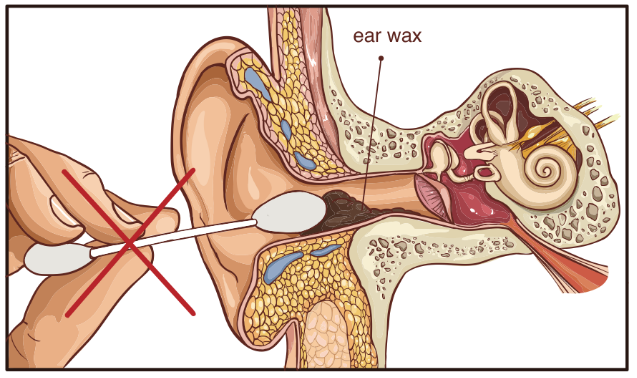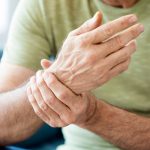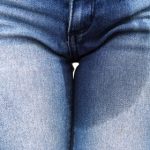MANAGEMENT OF EARWAX IN CHILDREN
WHAT IS EARWAX?
Cerumen or earwax is a naturally occurring substance in our ears. Special glands found in the outer half of the skin lining the ear canal produce this yellowish brown, thick, or viscous substance. Genes determine the colour of the wax.
Primarily, earwax functions to trap dust and other dirt particles to prevent these things from reaching the eardrum. Eventually, the dust and dirt laden earwax will be transported slowly by the migration of the upper layer of the ear skin towards the outer opening of the canal. As the “older” wax reaches the opening of the ear canal, it dries out and falls away.
WHAT ARE THE FUNCTIONS OF EARWAX?
Aside from trapping dust and dirt, earwax also provides protection to the ear by preventing infection and inflammation. Because of the acidic nature of the wax and powerful enzyme (lysozyme) it contains, it inhibits the growth of both bacteria and fungus in the ear.
Due to its oily nature, earwax also provides a waterproof layer for the canal skin thereby preventing water accumulation, penetration and skin maceration.
WILL EARWAX CAUSE PROBLEMS?
Under normal conditions, earwax will not cause any ear problem. There are some instances whereby wax will be troublesome. The most common condition is called wax impaction. This normally occurs from attempts to remove wax using cotton buds or other implements. These objects cause the wax to be pushed in the deeper part of the ear or cause the wax to become tightly packed preventing normal migration towards the outer part of the ear.
Other conditions that might predispose the child to earwax related problems:
- Wearing of hearing aids
- Overproduction of wax
- Abnormal shape of ear canal ( e.g. narrow ear canals)
WHAT ARE THE SYMPTOMS OF IMPACTED EARWAX?
The most common symptom associated with impacted earwax is mild hearing loss or ear fullness. This usually happens if the canal is completely blocked by earwax, otherwise hearing is maintained.
Impacted earwax is usually painless unless it touches the eardrum. An attempt to remove hard wax can cause abrasion and pain to the delicate ear canal skin. Water trapped inside the ear during a shower or after swimming will cause the wax to expand and can cause ear pain and sudden hearing loss.
Other symptoms associated with impacted wax in the ear include: ear itchiness, ringing in the ear, and on rare occasions, dizziness.
HOW IS IMPACTED WAX REMOVED?
Impacted wax needs to be removed if it is causing problems such as ear pain and hearing loss. Removal of earwax is also necessary for proper evaluation of the ear drums and middle ear space.
There are several available ways of removing earwax. The most common home remedy is the use of wax softening agents which is applied every day until the wax softens and comes out. Some commercial preparations can cause allergic reaction to ear canal skin and should be used with caution among children with known allergies. Safer alternatives to these commercial drops include mineral oil, olive oil, and glycerin.
If wax softening agents fail, the next option will be to seek professional help. Earwax removal either by irrigation or suctioning is normally performed in the clinic. Ear wax can also be removed manually using special instruments if the patient is able to understand instructions and willing to cooperate. Manual removal of wax should not be attempted at home if the wax is located deep in the ear canal.
For children who cannot cooperate with the above methods, removal of earwax and ear examination can be accomplished under sedation or general anaesthesia.

Manual manipulation with ear buds or other instruments should not be attempted. There is a risk of injury to vital ear structures.
HOW TO PREVENT EARWAX BUILD-UP?
Earwax is a natural body secretion and there is no way to stop our body from secreting this substance. One of the ways to prevent impacted earwax is to avoid the use of cotton swabs in the ear canal. The best way to clean the external ear is to wipe the outer opening with a damp washcloth folded over the index finger, without going into the ear canal.
Since the rate of earwax production varies from one individual to another, it is advisable to check your child’s ear at least once a month. If wax is beginning to build-up, you can start using any of the available home remedies for softening wax. Before using any eardrops, make sure that your child’s ear has no infection or eardrum perforation. If your child develops ear pain or ear discharge after using eardrops, immediately stop using the drops and seek professional advice. Children wearing hearing aids should also have their ears checked periodically for signs of wax impaction.

Senior Ear, Nose & Throat Consultant
Nobel ENT Centre (Mount Alvernia)
Our Specialist
Dr Annette Ang is a Senior Ear, Nose and Throat Consultant who has spent the last decade practising as a senior consultant pediatric otolaryngologist at Singapore’s top pediatric hospital. She has a special interest in complex airway management.
She brings with her a wealth of surgical experience in managing children with ear, nose, throat and airway problems.
To book an appointment,






